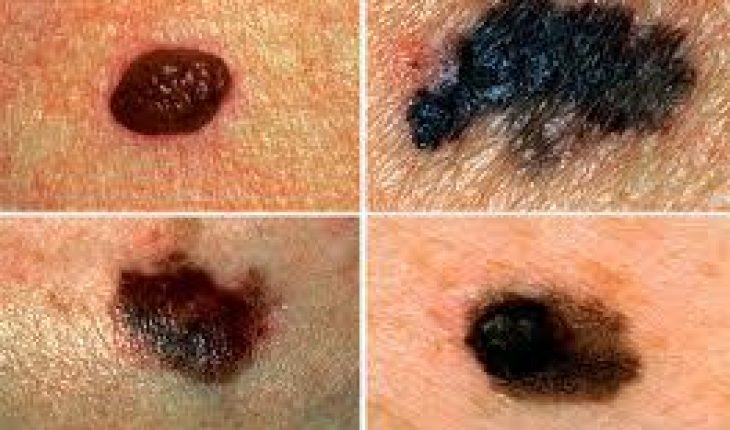Keeping watch for the signs of skin cancer
For humans, our largest organ is our outer covering called skin. It is constantly exposed to one of its natural enemies, the sun. While the sun stimulates the skin, too much of it can lead to skin cancer. A risk that increases with age and can only be mitigated by seeking out cancer’s signs.
What is Skin Cancer
Cancer is defined as the abnormal growth and division of cells in the body. If this errant growth is restricted to a few cells then it poses no threat to humans. Should it start to spread unchecked by the body’s immune system then it becomes what is termed malignant or cancerous. The major catalyst for skin cancer is Ultraviolet (UV) Radiation. According to the US National Institutes of Health it damages the DNA that regulates the skin cells. Repeated long term exposure from both natural and artificial sources can lead to skin cancer. In a lesser amount of cases skin cancer can also be inherited genetically.
What are the signs of skin cancer
There are three main types of recognized skin cancer, Basal Cell Carcinoma, Squamous Cell carcinoma, and Malignant melanoma. All three cancers have their own appearance due to the skin cells that create them, so it’s very important to know them so the signs of skin cancer can be recognized.
- Basal Cell Carcinomas: This is the most common and least deadly of the three. It usually forms on the face, neck, upper back, and chest. Cancerous tumors tend to appear as sores or pimples that don’t heal. They complete a continuous cycle of exuding a yellow discharge and then scabbing over. The other key attribute is a pearlish grey color with visible blood vessels in the tumor.
- Squamous Cell Carcinomas: The second most serious form of skin cancer it can spread to vital internal organs, but does so slowly over a period of years. It frequents the same general areas as Basil, but can be found on the arms and hands. Signs of this type of skin cancer are an inflamed scaly growth, pink or red in color that also follows the same non-healing pattern as Basil with a slight difference. Instead of expelling a yellow fluid it actually oozes blood. Squamous Cell Carcinomas are always sore or tender to the touch.
- Malignant melanoma: While rare, this is the most serious form of skin cancer. More problematic they spring from existing moles on the neck downwards to the legs. Melanomas, unlike moles, are multicolored ranging between red, white, and blue shades. They are also irregular in shape and often bleed.
Looking out for the signs of skin cancer is a simple way to catch the disease in its early stages where it can be treated. Given how common, and deadly it is, vigilance is a small price to pay as the risk is not only to the skin itself, but to underlying organs where the cancer can spread to.





